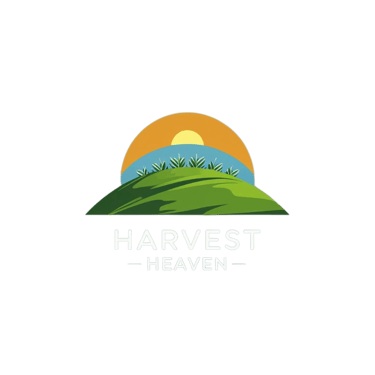Innovating Terrain Farming Solutions
Discover how our advanced technologies enhance crop selection and optimize farming practices for sustainable agriculture.


150+
15
Trusted by farmers
Expert insights
🌱 Terrain Farming (Farming Adapted to Land Topography)
Definition: Terrain farming is the adaptation of agricultural practices to the natural topography of the land (hills, plains, slopes, plateaus, etc.) to maximize yield, reduce erosion, and optimize resource use.
🔹 Technical Advancements
GIS & Remote Sensing for Terrain Mapping
High-resolution satellite imagery and drones create digital elevation models (DEM) and contour maps.
Farmers and planners identify slope gradients, soil depth variations, and water flow patterns.
Enables precision placement of crops and customized irrigation planning.
Contour & Terraced Farming with Automation
Modern terracing machines with GPS-guided bulldozers create terraces at exact gradients.
Contour farming supported by laser-leveling ensures uniform water retention.
Reduces soil erosion by up to 70% compared to traditional slope farming.
Automated Irrigation on Slopes
Gravity-fed drip irrigation with smart valves adjusts flow based on elevation differences.
IoT soil-moisture sensors placed at different heights monitor uneven water distribution.
Prevents both waterlogging at lower levels and drought stress at higher levels.
Drone-Assisted Monitoring of Slope Agriculture
Multi-spectral drones detect nutrient runoff, soil erosion spots, and pest clusters.
AI software recommends localized interventions (e.g., micro-irrigation, strip cropping).
Climate-Smart Slope Management
Agroforestry models on slopes stabilize soil while diversifying income (timber, fruit, crops).
Smart crop layering on slopes (e.g., deep-rooted trees at top, legumes in middle, cereals at bottom).
Enhances carbon sequestration and microclimate stability.
Smart Farming
Innovative techniques for efficient crop management.


Terrain Analysis
Understanding land for optimal crop selection.






Crop Selection
Choosing the right crops for specific terrains.
🌾 Smart Crop Choice (AI & Data-Driven Crop Selection)
Definition: Smart crop choice uses advanced data analytics, AI, and predictive modeling to help farmers select crops that maximize profitability, sustainability, and resilience.
🔹 Technical Advancements
AI-Driven Crop Recommendation Engines
Platforms integrate soil test results, weather forecasts, and market demand data.
Suggest the best-suited crop and variety for each season and terrain.
Example: AI may recommend short-duration pulses in drought-prone regions or high-value horticulture crops near urban markets.
Soil & Nutrient Profiling with IoT Sensors
Smart probes measure pH, salinity, organic carbon, and NPK in real-time.
Data feeds into apps that score soil suitability for crops like rice, maize, or oilseeds.
Farmers get alerts on nutrient deficiencies before crop selection.
Climate Prediction Models for Resilient Crops
Big-data climate models forecast rainfall variability, heatwaves, and drought likelihood.
AI systems recommend climate-resilient crop varieties (e.g., heat-tolerant wheat, flood-resistant paddy).
Reduces risk of crop failure in climate-stressed regions.
Market Intelligence Integration
Blockchain-enabled supply chains provide real-time market demand and price analytics.
Farmers align crop choices with high-demand crops to maximize income.
Example: Choosing quinoa or chia in export-focused regions rather than low-margin cereals.
Decision Support Platforms (DSPs) for Farmers
Mobile apps integrate weather, soil, pest risk, and market prices into a single interface.
Provide actionable insights like: “Plant sorghum instead of maize this season due to low rainfall forecast and higher market price.”
Smart Farming
Innovative solutions for efficient crop management.
The technology has transformed our farming practices and improved yields significantly.
John Doe
Green Valley
With smart crop choices and terrain analysis, our harvests have never been better. Highly recommend these advancements for any serious farmer.
Jane Smith
Sunnydale
★★★★★
★★★★★

Smart Farming Solutions
Explore innovative technologies for terrain farming and optimal crop selection.
Nature
Experience the joy of agro-tourism with us.
Fresh
Organic
founder.harvestheavenindia@gmail.com
+91 7037453517
© 2025. All rights reserved by Bita Business Solutions
Village Kumartha, Mohanchatti, Yamkeshwar, Pauri Garhwal,
Uttarakhand - 249304
